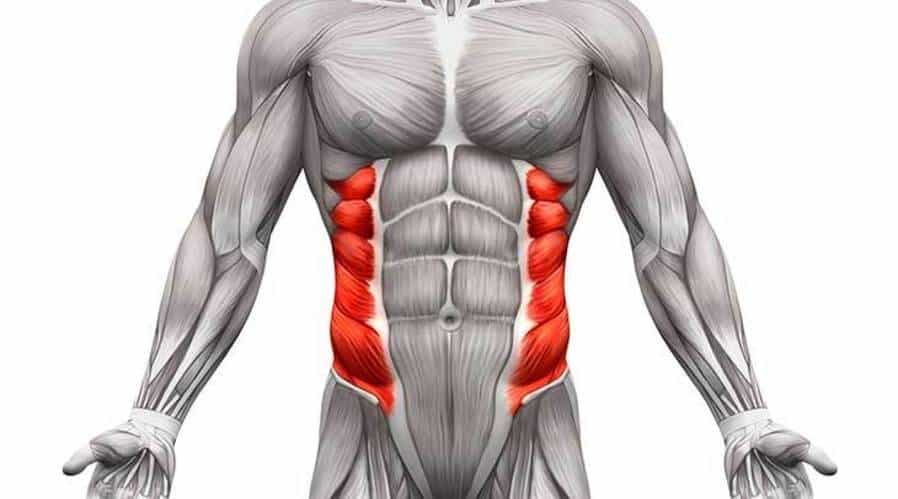
Like other core muscles, obliques play an essential role in everyday movements. They facilitate rotation, bending, and spine stabilization. Regularly exercising your obliques can not only help you meet your aesthetic body goals but also build a well-balanced, symmetrical set of core muscles. This article focuses on the best oblique exercises to make your core more resilient, robust, and efficient force transmitters.
Plank Rotation
This workout lets you challenge your obliques with a rotational element while bringing spinal mobility into the equation. Start the exercise by assuming a high pushup position while positioning your feet on the floor and hands underneath the shoulders on the ground.
Signing up for Personal Training Düsseldorf can help you position yourself well if you are a beginner. Proceed to squeeze your abs and glutes to generate full-body tension while maintaining back level. You can challenge yourself by lifting one hand off the ground as the other pushes towards it and rotating your torso.
Kettlebell Dead Bug Pullover
Dumbbell or Kettlebell pullover is effective at core strengthening. The exercise helps build chest, back, and core stability and strength. In addition, it involves using weighted positions to train the core to build thoracic stability.
All you do is lay on the back and take the kettlebell with both hands. Then lift your legs off the ground to create 90 degrees. Move the kettlebell above your head while fully extending your arms. Ensure you simultaneously move down the kettle as you extend one leg.
Side Plank
A side plank is a simple, accessible movement for training your obliques. It involves flipping to each side to get potent stabilization and bracing. When exercising, lean to the left side and keep your body straight, from head to toe. Let your left forearm rest on the ground while keeping your elbow beneath the shoulder.
Push your body off the ground and support it with the left foot and arm. Start squeezing your glutes and bracing your core and abs to get to position. Holding a light dumbbell in one hand can help make the exercise more challenging. Repeat the process on the other side.
Spider Pushup
You can include some variety in your pushups to not only focus on your obliques but also make your entire body a lot stronger. Spider push ups are a perfect choice for strengthening your core and upper body at the same time. Besides, this workout lets you practice stimulating your core instead of the hip flexors to promote all the dynamic core movements. Here is how you can do it:
- Take the standard pushup position
- Without shifting or tilting your hips, move your entire lower body’s weight to the right foot
- Start lowering slowly into the pushup as you bend the left knee
- Allow your core to press the left knee toward the left elbow
- Briefly hold for a moment and change position to repeat the process
Rotational Medicine Ball Throw
Rotational medicine ball throws allow you to focus on efficiency and speed of movement. You can toss the medicine ball against a wall or exchange the throws with a partner to engage obliques rapidly. Catching the bouncing ball lets you participate in anti-rotation work, enhancing spinal mobility.
To participate, stand a few steps away from the wall and position the medicine ball around the chest level. As you launch the ball onto the wall, let your back foot rotate and twist your core. Capture the ball as it bounces back and repeat the process again. While at it, ensure you engage your entire body.
Unilateral Squat
Squat variations like the goblet and front squats target the core and legs. You brace the core during the movement to avoid falling forward because of the front-loaded weight. When you make the goblet squat unilateral and offset the load, you improve the training of your obliques and cause your body to resist lateral movement.
Just ensure you maintain core tension and minimize leaning to one side when descending into your goblet squats. Maintain a neutral, upright torso and assume you have loaded both hands with weights.
Pallof Press
Pallof presses are versatile, anti-rotation movements for building solid obliques and the core. With this exercise, you need to resist the urge to move from one side to the other. The good thing is that you can do Pallof presses virtually anywhere using resistance bands or cables.
Attach a resistance band to a sturdy base or squat rack and level it with your chest. After that, use your hands to clasp the bands and move from the anchor point. Straighten your arms as you slowly press the band away from the chest. Consider holding the position for a while before bringing the band to your chest.
Mountain Climbers
Mountain climbers are extensive bodyweight exercises that bring into action multiple muscle groups to boost your agility, balance, flexibility, strength, coordination, and blood circulation. You start by putting your body in a plank position. Allow your hands and toes to raise your body off the ground. Start crunching your knees toward the chest as you alternate your legs in a smooth, quick motion.
Copenhagen Plank
Typically, a Copenhagen plank involves advanced core moves that call for excellent full-body balance and inner thigh strength. Fortunately, you can develop such skills slowly with continual practice. The workout enables you to challenge your regular planks as you focus more on hip adductors. Due to the nature of the moves, your body benefits from heightened mental focus.
To get started, identify a bench or sturdy box that is low to the floor. Put yourself in a side plank position and allow your top foot to rest on the upper side of the bench. Your bottom foot, on the other hand, can float underneath the bench. Hold the side plank as much as possible once you feel your elevated foot is stable. Focus on squeezing your quads and glutes to protect your low back, and don’t sink your hips.
Hanging Oblique Raise
Hanging oblique Raise gives you a chance to target your core sides for strength development. The exercise leads to improved grip and oblique strength. Besides that, it is easily accessible; all you need to make your workout more productive is a sturdy pull-up bar to hang from. When hanging, push your tailbone towards the pelvis to engage the core. At the same time, let your knees move up in the right rib cage direction as you squeeze at the top.
Training your obliques will help you boost your overall core strength, boost force transmission, and make you more resilient to potential injuries. Wisely choose your exercises and respect your body’s recovery needs as you journey on.






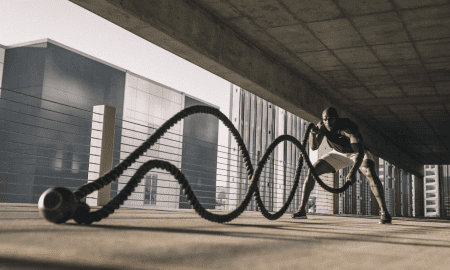


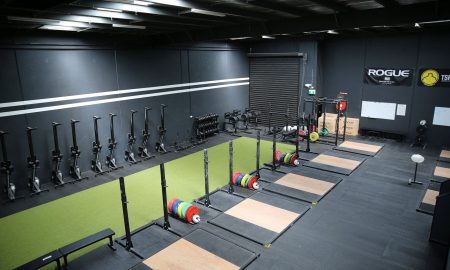
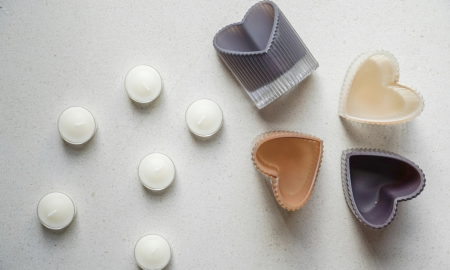
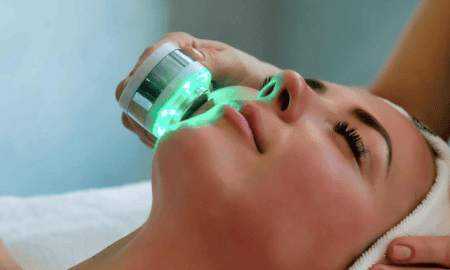
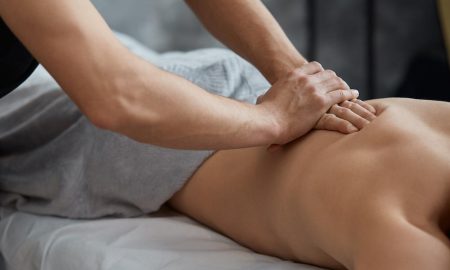
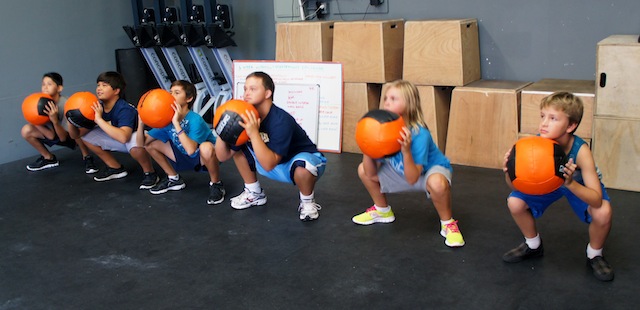
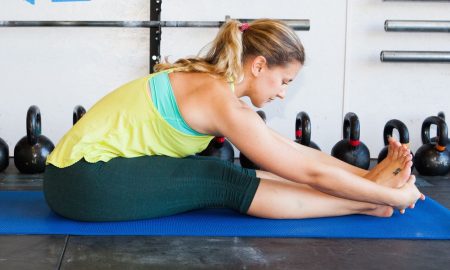
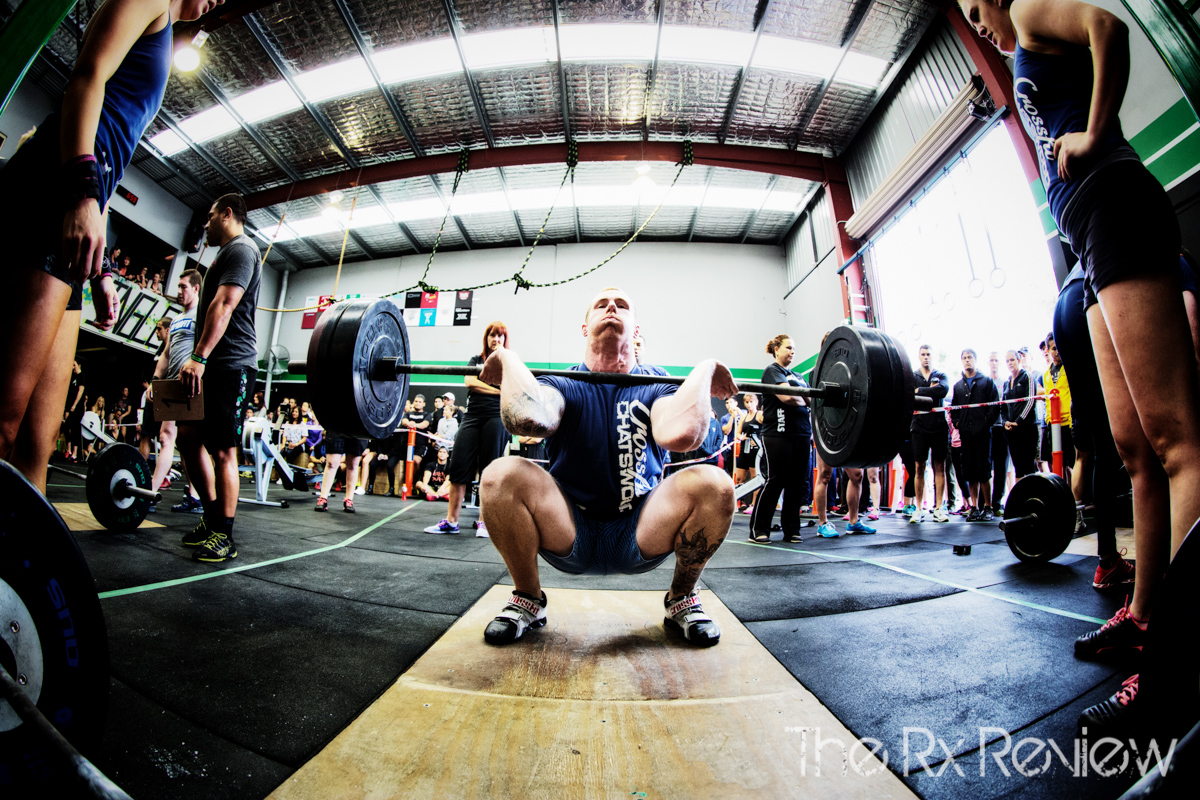


Follow Us